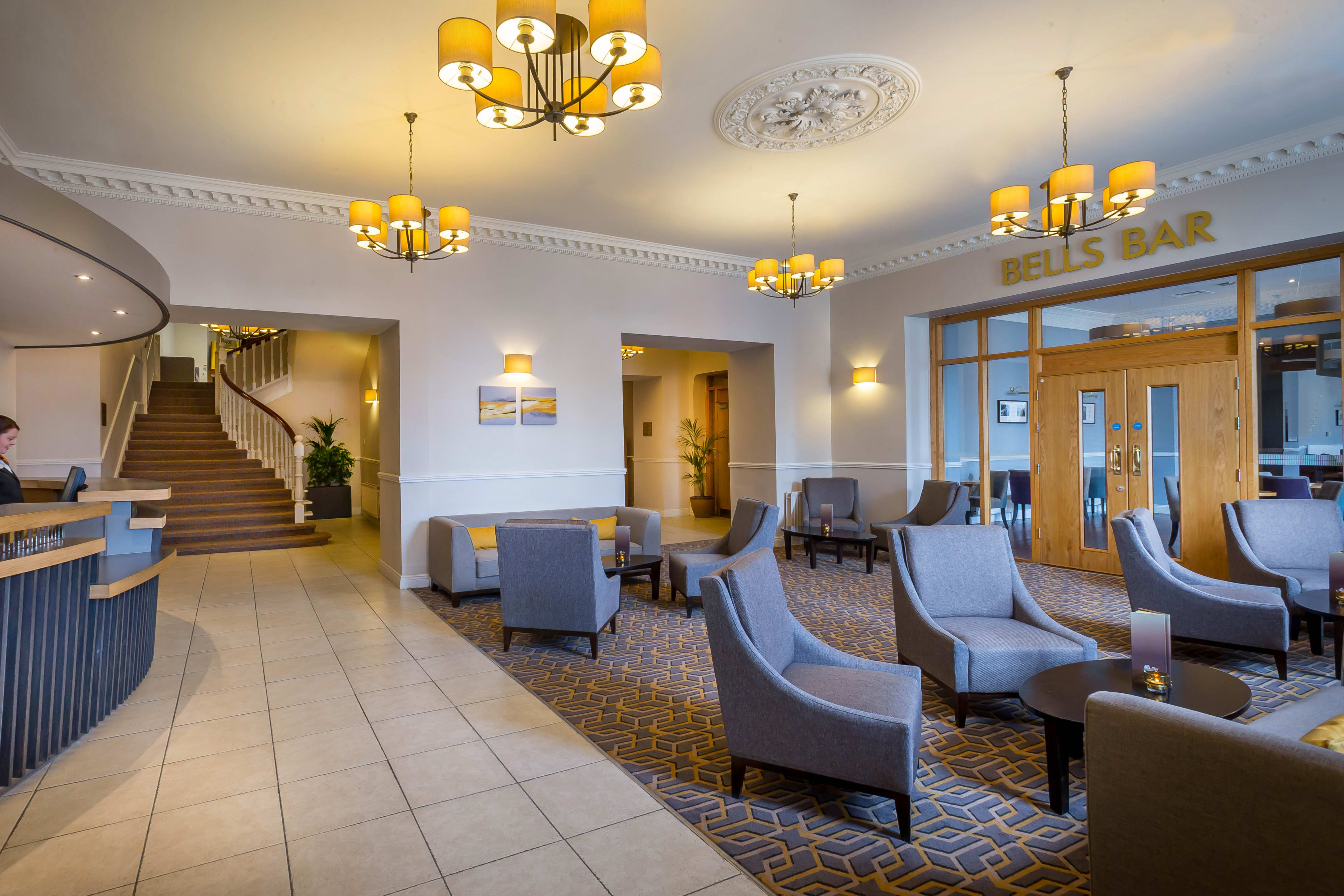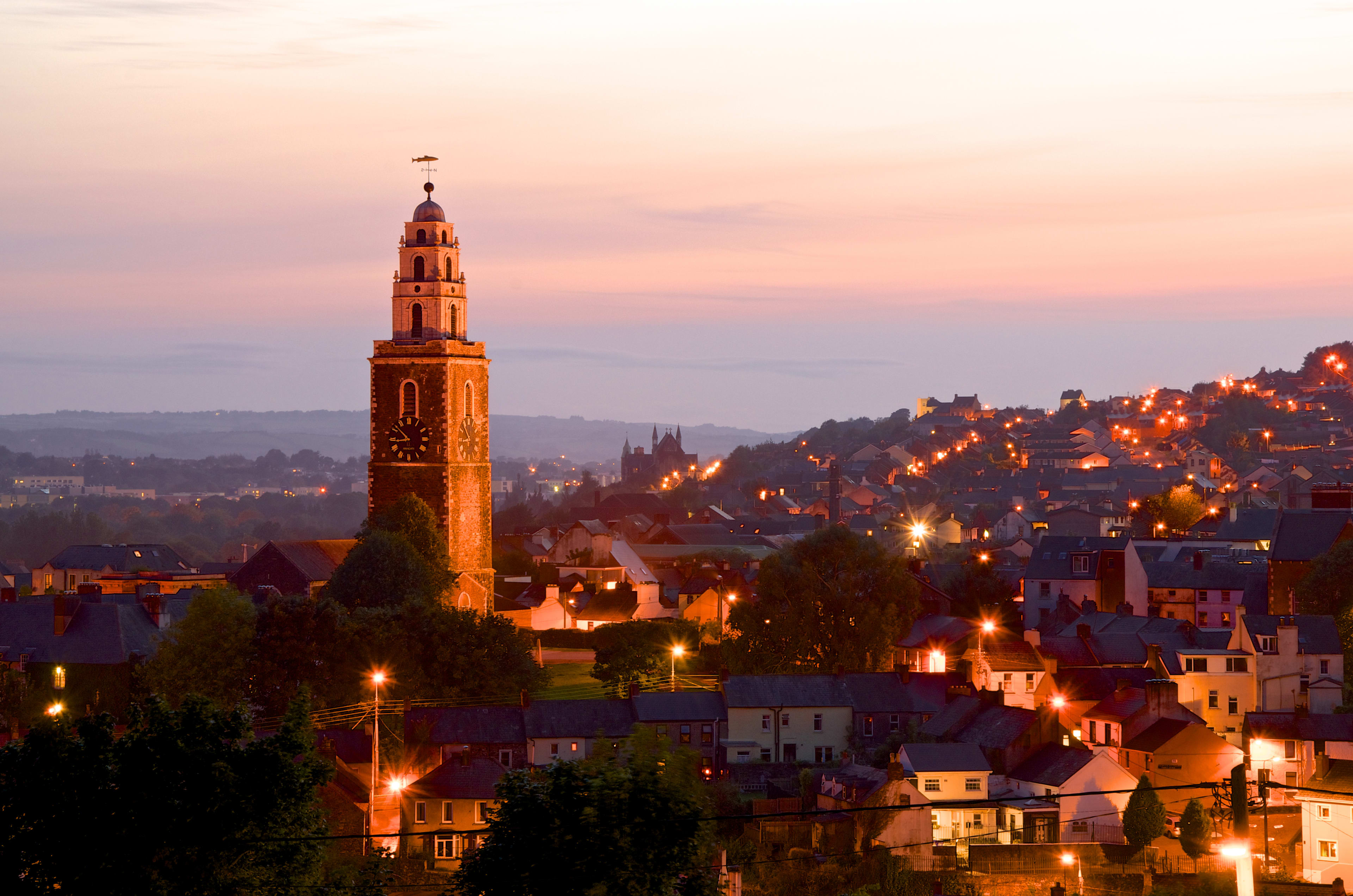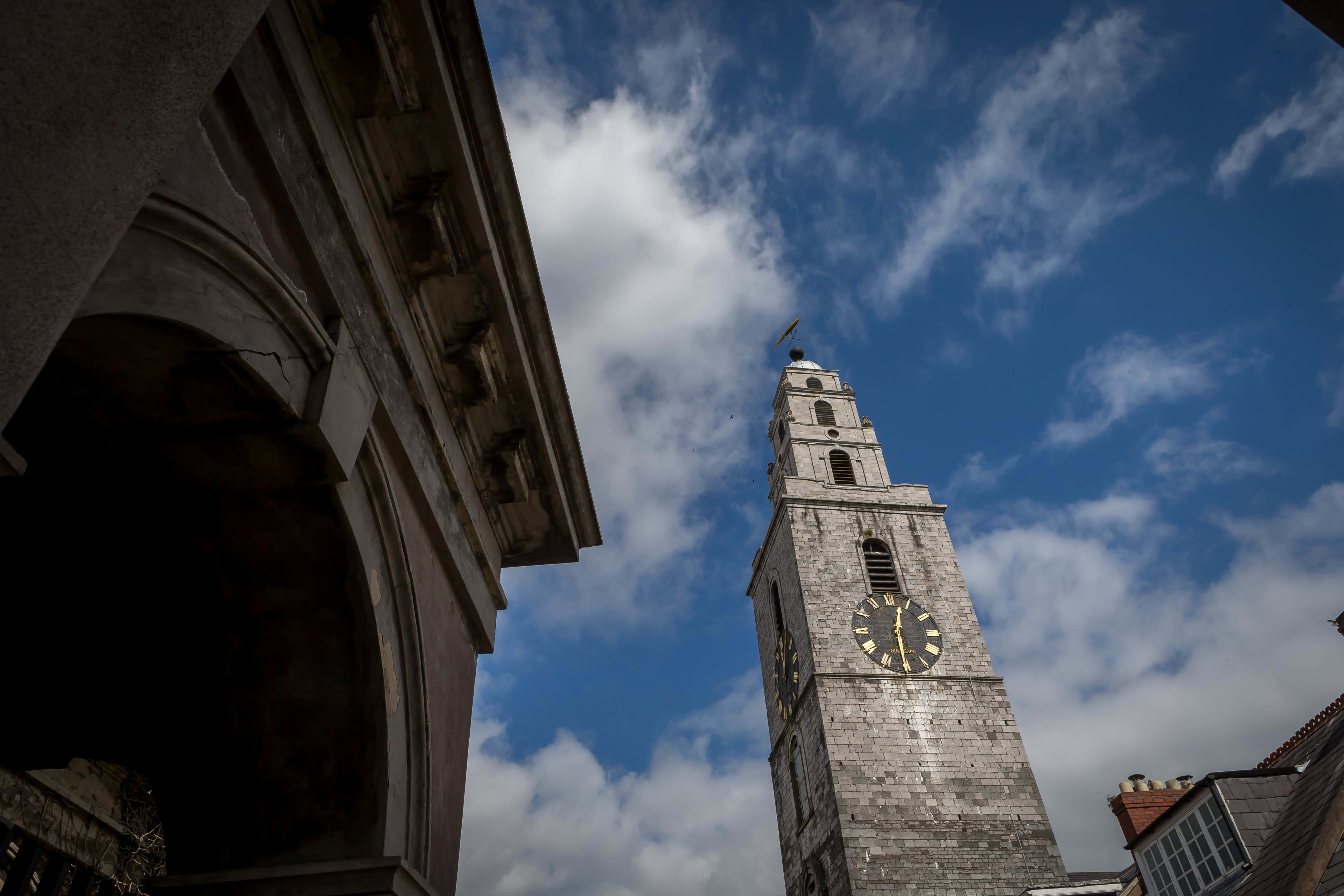
Dive into it all
Hotel History
Hotel
History
In 1720, The North Infirmary Hospital opened as Cork’s first general hospital, accommodating 24 patients, mainly giving medical services to the poor people in the city, with the majority of patients being Catholic. The donation-funded hospital struggled. With the city's ongoing population growth and the development of the northern suburbs, The North Infirmary Hospital was under pressure for money and space.
The North Infirmary Hospital got caught up in Ireland's political upheaval. It saw the First World War, the 1916 Rising, the tragic deaths of the city's two Lord mayors, the burning of the city centre, The War of Independence, The Civil War and the Second World War. A 5 o’clock curfew was vigorously enforced which resulted in being shot if broken. Wounded volunteers were brought into the hospital backdoor and secretly treated before being released.
In the early 80’s, there were talks about the hospital’s future. The Irish Government was sending out daily reminders to tighten their belts and that health cuts were imminent. There was mounting speculation that several hospitals were to close. There was disbelief when it was discovered that The North Infirmary Hospital was among them. It was unthinkable that the only hospital in the vast Northside was to close. On May 12th 1987, 5,000 staff from 14 hospitals in the county marched through Cork in protest at the cutbacks. The Irish Government stubbornly refused funds to upgrade the hospital.
At precisely 4.46 pm on the 26th November 1987, the North Infirmary passed into the realms of memory as the nearby Butter Exchange Band and Shandon Bells played a duet of ‘Auld Lang Syne’. Approximately 2,000 people, each with a lighted candle, looked on as the lights were slowly switched off from the top to the ground floor.
How Maldron Hotel Shandon Cork City came to be
- After the closure of The North Infirmary Hospital, the building remained in the news headlines for many years. As the legal ownership was being questioned, vandals wrecked the vacant building. A fire badly damaged the ground floor, it was declared a derelict building and there were calls to have it demolished.
- Two million pounds was paid to redevelop the building into The Shandon Court, which was aimed at the corporate and business sectors. After a few short years, the Choice Hotel Group took over and extended the building to give it 101 guest rooms, a bar, 2 meeting rooms, a restaurant and a state-of-the-art leisure club. Finally, Dalata Hotel Group purchased the hotel and in 2008, the hotel became Maldron Hotel Cork. It later became Maldron Hotel Shandon Cork City when a second Maldron Hotel, Maldron Hotel South Mall, was opened in the city.
- As you can see, Maldron Hotel Shandon Cork City is as drenched in history as Cork City itself. Dive further into the timeline of the history of the hotel below.


Timeline
- 1720 – North Infirmary Erected.
- 1744 – The Musical Society of Cork donates money to build a large extension to the hospital. It now had 11 physicians and 5 surgeons who attended the hospital free of charge.
- 1751 – An Act of Parliament was passed, which gave the right to purchase property to develop the Infirmary.
- 1759 – Doctors Frankland and Sleigh were appointed at a fixed salary of 20 pounds p.a. and the hospital had 20 beds.
- 1783 – Trustees of the North Infirmary beg leave to return thanks to Mrs Sarah Creed for the supply of old linen.
- 1787 – John Howard, a prison reformer inspects the North Infirmary.
- 1799 – A fancy dress ball raised £397 for the Infirmary
- 1808 – Funds were low, the building was in poor condition and there was an appeal for donations for a new roof. “We are forced to appeal to the charitable feelings of the humane public, and we do so with confidence on behalf of an extensive institution, which for fifty years past has never ceased to shelter the homeless wanderer, feed the hungry, solace pain in poverty, and heal wounds”.
- 1829 – A committee was formed to raise money, eventually raising £3,200 urgently. Fr. Mathew the famous temperance priest donated £250.
- 1832 – There was a serious outbreak of cholera in the city which led to the Infirmary being turned into a cholera hospital even though it was deemed to be in a “ruinous state and unfit”. Its patients were transferred to the South Infirmary.
- 1834 – The Poor Law Act was passed which meant the state had the responsibility for providing basic support for poor people.
- 1836 – The new hospital was opened for patients. The architect of the building was William Hill.
- 1840 – There were 1,369 admissions, extern was 16,128 and 90 beds were available.
- 1844 – 33,951 prescriptions were issued and gas lighting was introduced to the building.
- 1847 – The Irish Famine decimated the country. The North Infirmary was taken over and used as a temporary Fever Hospital.
- 1866 – One of the medical staff, Dr. O’Sullivan, won the consent of the management committee to introduce trained nursing sisters to care for the needs of the patients.
- 1867 – Four nuns from the Daughters of Charity, led by Sr. Teresa arrive at the North Infirmary. They initially met with opposition to their presence from both management and current staff members but persisted.
- 1869 – Management pays tribute to the Sisters in their annual report “The Sisters of Charity who have the care of the RC patients, have not only realized our expectations of their efficiency, but have surprised us by exceeding our greatest hopes. We foresee that the good work which they have already done gives fair promise for the future. It would appear that their desire is constantly to increase their sphere of usefulness, without any consideration for their temporary interests, which they value only so far as they can be devoted to the serving of the poor”.
- 1884 – Lady Combermere leaves £28,000 for the erection of the Gibbings Memorial Wing, a training school for nurses, which was located at the foot of Roman Street and opened in 1893.
- 1909 – Sr. Teresa dies but at her death, the hospital had beds for 115 patients, a modern operating room, spacious wards and an excellent nursing staff.
- 1913 – An x-ray department was established as well as the outpatient department, dental hospital and nursing school.
- 1914 – The outpatient department and dental hospital were established.
- 1916 – Dr C Y Pearson of the North Infirmary was appointed Hon. Surgeon to the King of England; George V.
- 1987 – 5,000 staff from 14 hospitals in the county marched through Cork and brought the city to a halt in protest at the government's suggested cutbacks.
- 1987 – The North Infirmary closes.

